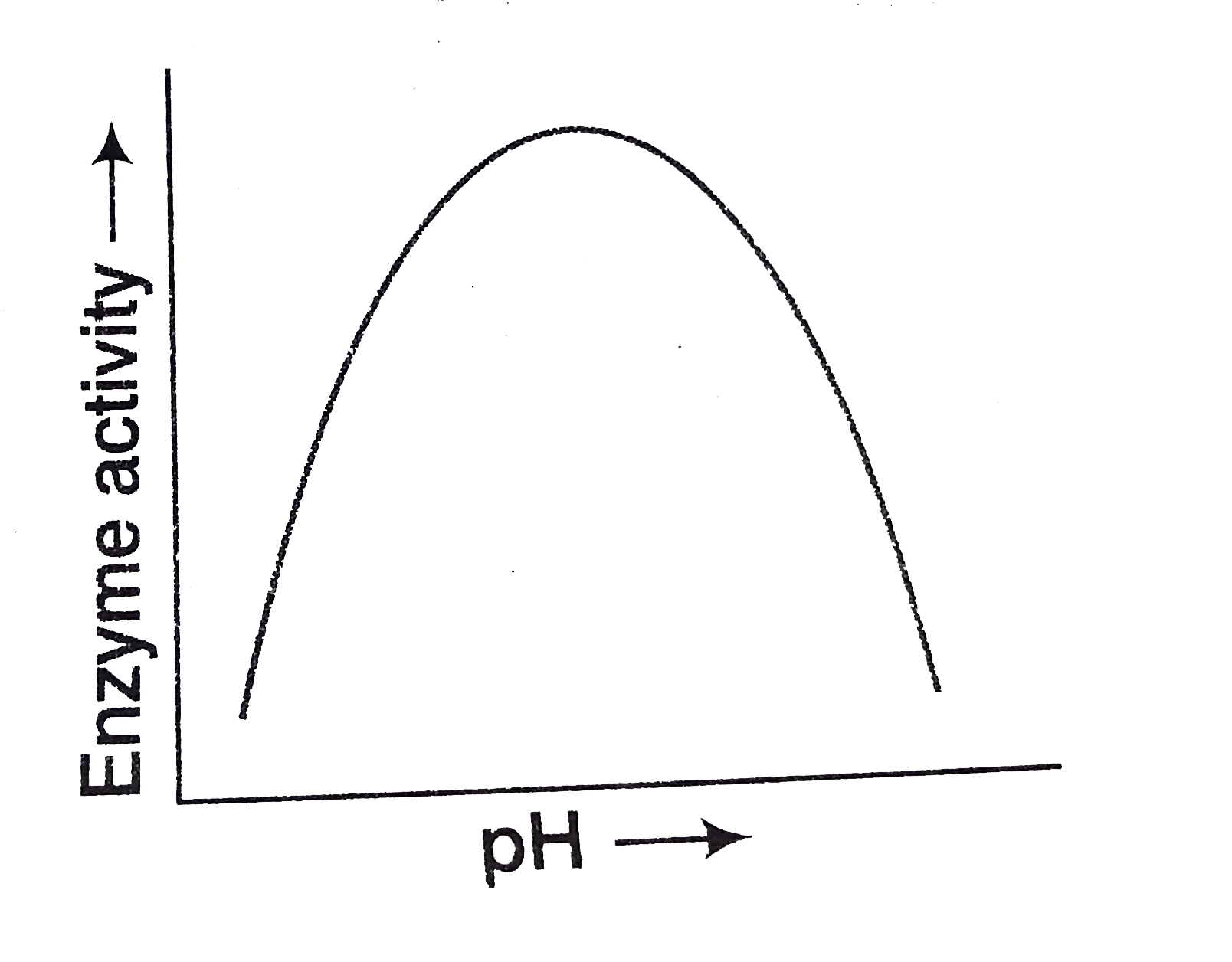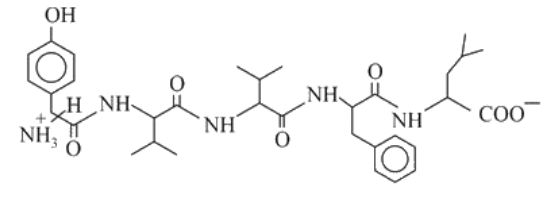Amino acids bonded together in long peptide chains form:
nucleic acids
organic acids
proteins
hydrocarbons
The correct Answer is:C
To solve the question "Amino acids bonded together in long peptide chains form:", we can follow these steps:
1. Understanding Amino Acids:
- Amino acids are the building blocks of proteins. Each amino acid has a basic structure that includes an amino group, a carboxyl group, and a variable side chain (R group).
2. Peptide Bonds:
- When amino acids link together, they do so through a specific type of bond called a peptide bond. This bond forms between the carboxyl group of one amino acid and the amino group of another, releasing a molecule of water (a process known as dehydration synthesis).
3. Formation of Peptide Chains:
- As more amino acids are added through peptide bonds, they create long chains known as polypeptides. These chains can vary in length and sequence, which ultimately determines the structure and function of the resulting protein.
4. Final Structure - Proteins:
- When these polypeptide chains fold and undergo various modifications, they form functional proteins. Proteins are essential macromolecules that play numerous roles in biological processes, including catalysis (as enzymes), structure, transport, and signaling.
5. Evaluating Options:
- Now, let’s look at the options provided:
- Nucleic acids: Formed from nucleotides, not amino acids.
- Organic acids: Not related to the structure of proteins.
- Proteins: Correct answer, as they are formed from long chains of amino acids.
- Hydrocarbons: Not related to amino acids.
6. Conclusion:
- Therefore, the answer to the question is that amino acids bonded together in long peptide chains form proteins.
Final Answer:
Amino acids bonded together in long peptide chains form proteins.
---
- Amino acids are the building blocks of proteins. Each amino acid has a basic structure that includes an amino group, a carboxyl group, and a variable side chain (R group).
- When amino acids link together, they do so through a specific type of bond called a peptide bond. This bond forms between the carboxyl group of one amino acid and the amino group of another, releasing a molecule of water (a process known as dehydration synthesis).
- As more amino acids are added through peptide bonds, they create long chains known as polypeptides. These chains can vary in length and sequence, which ultimately determines the structure and function of the resulting protein.
- When these polypeptide chains fold and undergo various modifications, they form functional proteins. Proteins are essential macromolecules that play numerous roles in biological processes, including catalysis (as enzymes), structure, transport, and signaling.
- Now, let’s look at the options provided:
- Nucleic acids: Formed from nucleotides, not amino acids.
- Organic acids: Not related to the structure of proteins.
- Proteins: Correct answer, as they are formed from long chains of amino acids.
- Hydrocarbons: Not related to amino acids.
- Therefore, the answer to the question is that amino acids bonded together in long peptide chains form proteins.
Amino acids bonded together in long peptide chains form proteins.
Topper's Solved these Questions
- BIOMOLECULESBOOK - ICSECHAPTER - BIOMOLECULESEXERCISE - TEST YOUR PROGRESS (FILL IN THE BLANKS WITH APPROPRIATE WORDS.)
59 Videos
- BIOMOLECULESBOOK - ICSECHAPTER - BIOMOLECULESEXERCISE - TEST YOUR PROGRESS (STATE WHETHER THE FOLLOWING STATEMENTS ARE TRUE OF FALSE.)
27 Videos
- BIOLOGY ISC SAMPLE QUESTION PAPER 2019BOOK - ICSECHAPTER - BIOLOGY ISC SAMPLE QUESTION PAPER 2019EXERCISE - PART-II (SECTION -C)
6 Videos
- BODY FLUIDS AND CIRCULATIONBOOK - ICSECHAPTER - BODY FLUIDS AND CIRCULATIONEXERCISE - DIFFRENTIATE BETWEEN
13 Videos
Similar Questions
Enzymes are proteins, Proteins are long chains of amino acids linked to each other by peptide bonds. Amino acids have many functional groups in their structure.
These functional groups are many of them at least, ionisable. As they are weak acids and bases in chemical nature, this ionisatio is infuluenced by pH of the solution. For many enzymes, activity is influenced by surrounding pH. This is depicted in the curve below, explain briefly.

View Solutionα− helix of protein is formed by the bending of polypeptide chain to form hydrogen bonds in the same chain.
View Solution
Knowledge Check
Amino acids undergo internal acid base reaction to form:
Aan amideBa lactumCzwitter ionDa peptideWhich of the following statements regarding the structure of proinsulin and mature insulin are not correct ?
(i) Proinsulin is made up of three polypeptide chains -A,B and C
(ii) c- polypeptide chain with 33 amino acids is removed prior to insulin formation
(iii) Mature insulin is made up of 51 amino acids arranged in two polypeptide chain -A and B
(iv) Polypeptide chain A has 30 amino acids and polypeptide chain B has 21 amino acids
(v) Polypeptide chains A and B are interconnected by only one S-S linkage.A(i) and (ii)B(iii) and (iv)C(iv) and (v)D(iii),(iv) and (v)A compound which contains both ……….. And …………..is called amino acid. The amino acids in polypeptide chain are joined by …………bonds.
Aamino, carboxylic , group , esterBamino, carboxylic group, peptide.Cnitrogen , carbon , glycosidicDhydroxy, carboxylic group, peptide.
The force of attraction between the neighbouring peptide chains is
View SolutionMention the functional group of amino acids involved in the formation of a peptide bond.
View SolutionA new amino acid in a polypeptide chain is added at
View SolutionFor every single amino acid incorporated in peptide chain ___ ATP and _____GTP molecules are used.
View SolutionThe total number of distinct naturally occuring essential amino acids obtained after complete acidic hydrolysis of the peptide shown below is ________.

View Solution
